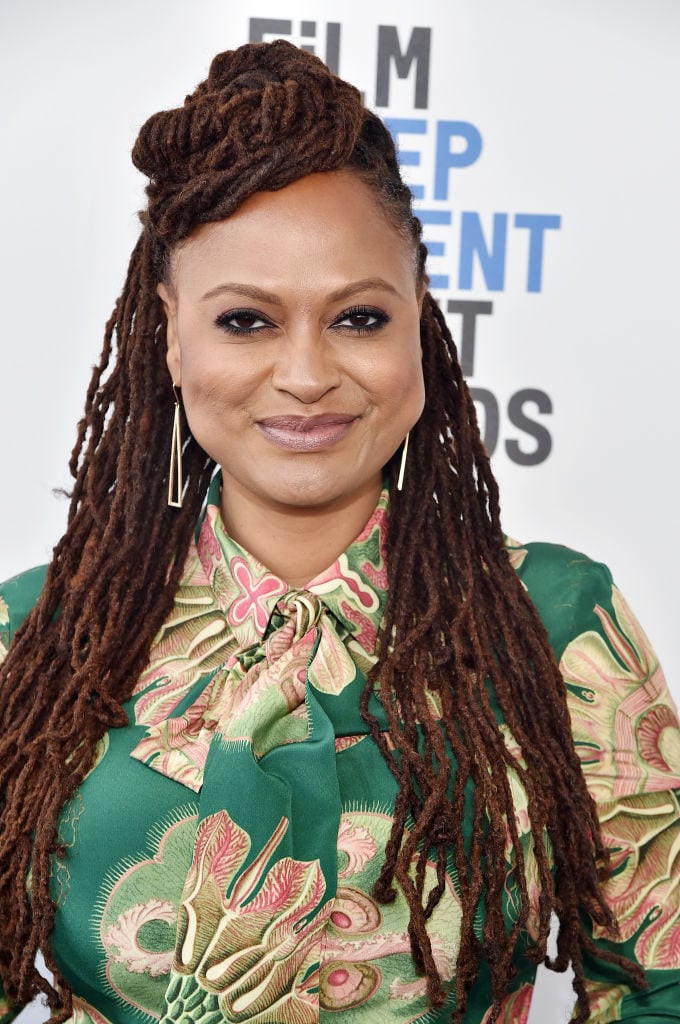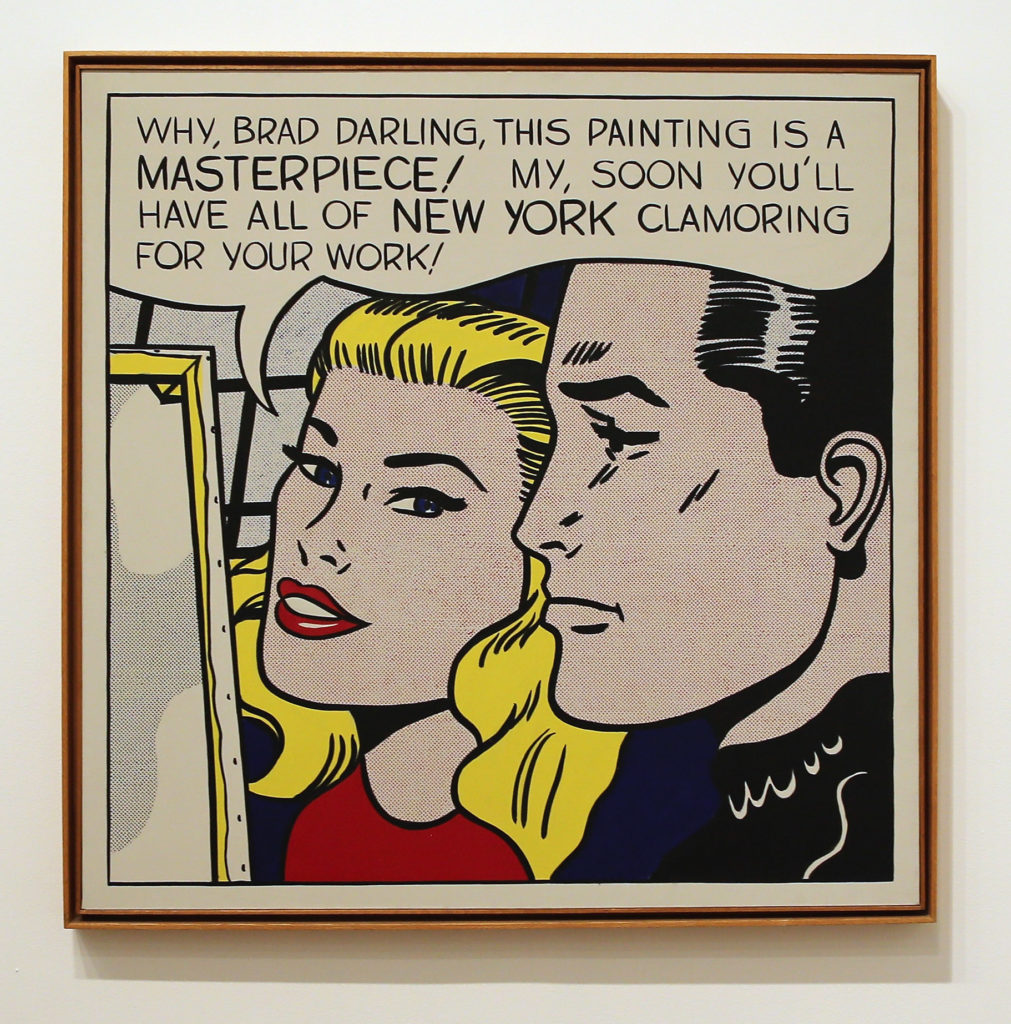Art World
Filmmaker Whose Documentary Inspired Agnes Gund’s New Art for Justice Fund Says That’s the Best ‘Review’
Ava DuVernay's Netflix doc inspired a $150 million donation to reform criminal justice in the United States.

Ava DuVernay's Netflix doc inspired a $150 million donation to reform criminal justice in the United States.

Caroline Goldstein

The cultural confluence of the art world and celebrity is finally doing some good—at least when it comes to the relationship between filmmaker Ava DuVernay and art patron Agnes Gund. Gund has been making headlines this summer, first speaking out about the lack of diversity in the art world in an interview with artnet News’s editor-in-chief, and using the income from selling a $150 million Roy Lichtenstein painting to start the Art for Justice Fund, a nonprofit established to address criminal justice reform. The impetus for such a generous act of patronage? None other than Ava Duverney, whose Academy Award-winning documentary 13th explores the intersection of race and mass incarceration in the US justice system. The powerful documentary inspired Gund to put her money where her mouth is.
DuVernay, whose credits include the 2014 Martin Luther King Jr. biopic Selma and the TV series “Queen Sugar,” spoke about the initiative in a new interview with W magazine. “It hits me emotionally in a very profound way as an artist, that something that came from my mind and my heart influenced someone to do something so big and so transformative,” the director told the magazine. “For me to be any part of that, and my work to have instigated that, is better than any box office or any review,” she said.

Roy Lichtenstein’s Masterpiece, (1962) on view at the Tate Modern in 2013. Photo by Dan Kitwood/Getty Images.
13th, the Netflix documentary that moved Gund, takes its name from the Thirteenth Amendment to the Constitution, which abolished slavery—except as a punishment for prisoners of the justice system. The documentary argues that America’s criminal justice system has exploited that exception to incarcerate African-American and Latino males at much higher rates than for whites males. (The statistics that bolster the argument are also listed on the website for the Art for Justice Fund.)
When Andrew Goldstein sat down with Agnes Gund in May, the art-world maven alluded to the impending Lichenstein sale, and its use as a starting point for her vision for the Fund:
“Before this interview, you asked me about what I was doing selling a painting [Lichtenstein’s Masterpiece], and it was because I’m really interested in getting money through that method that can be used for solving problems through art. I think that now artists are really going to come to the fore when it comes to political and social causes. I think art can make a difference. I think art can help.”
Her name is Agnes Gund. I met her at her home. She shared how our film 13TH sparked her fire. "This is one thing I can do before I die." 4/5 pic.twitter.com/M47U4SRs32
— Ava DuVernay (@ava) June 12, 2017